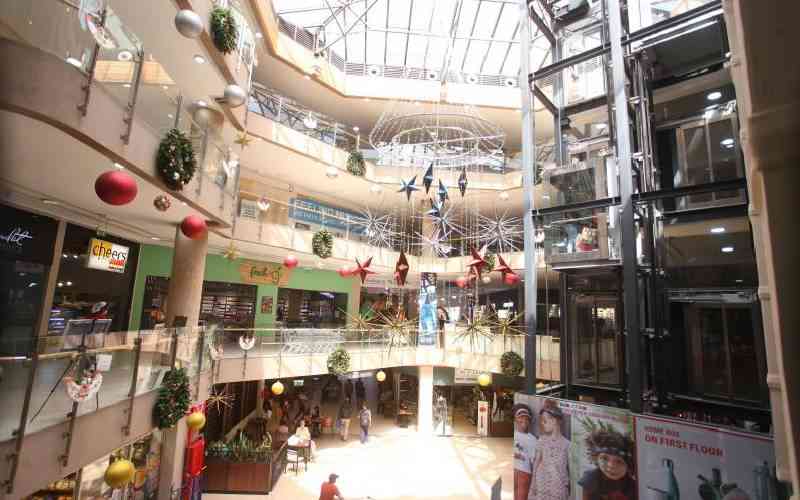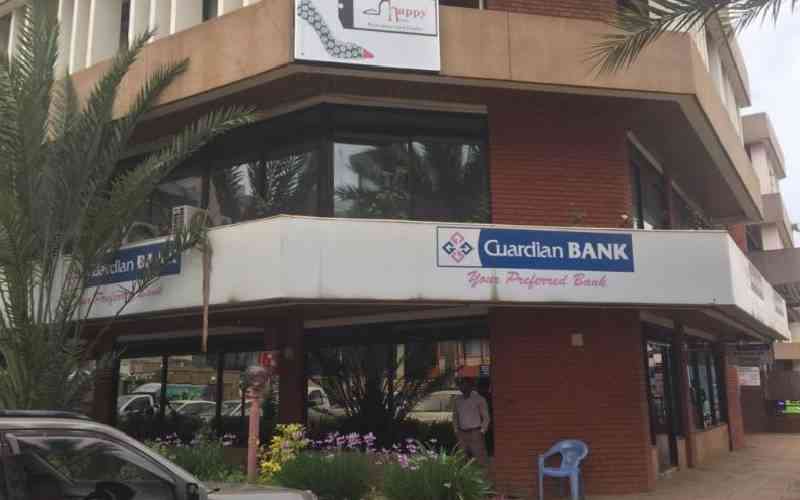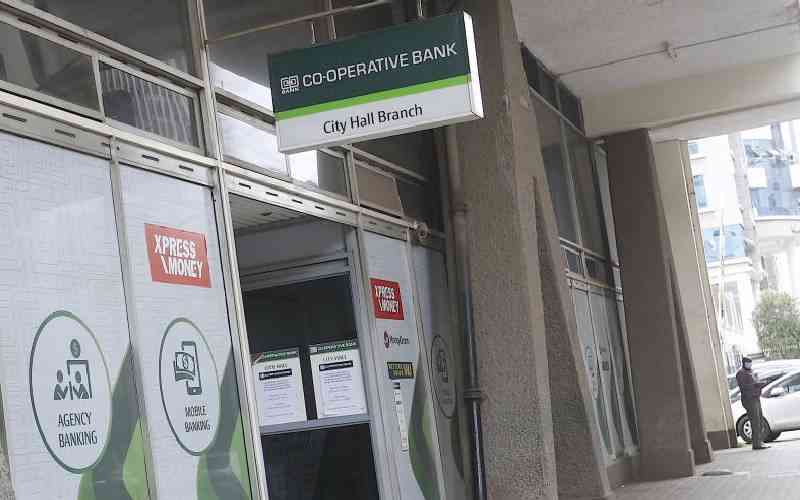Shoppers are seen walking in and out of Sarit Centre Mall Westlands shopping for Christmas.[FILE/Standard}
×
The Standard e-Paper
Informed Minds Prefer The Standard

Shoppers are seen walking in and out of Sarit Centre Mall Westlands shopping for Christmas.[FILE/Standard}
The growing trend of supermarkets opening outlets in residential areas has been linked to the reduced footfall in major malls, which are now carving a niche in the expos and international exhibitions space.







